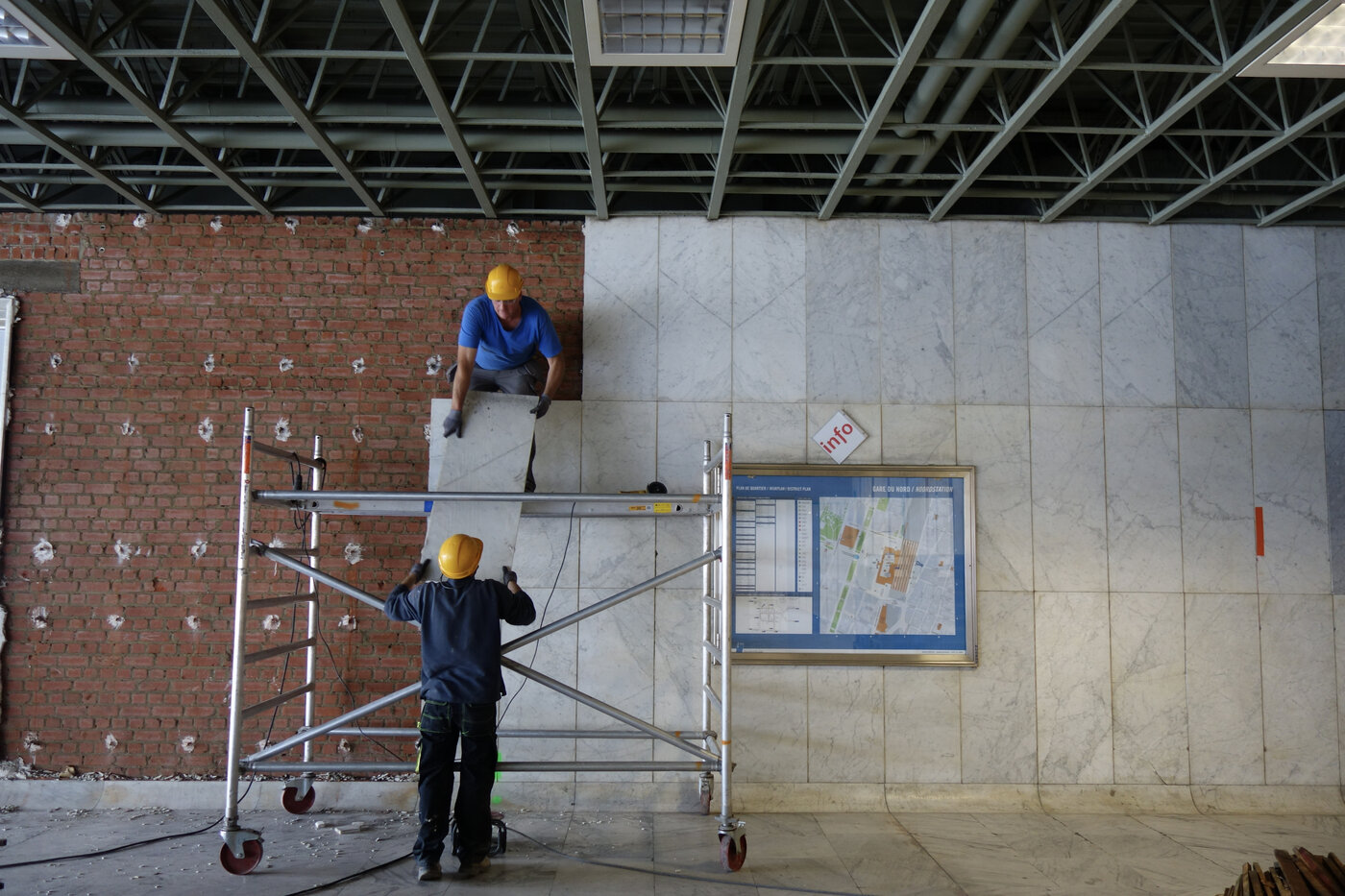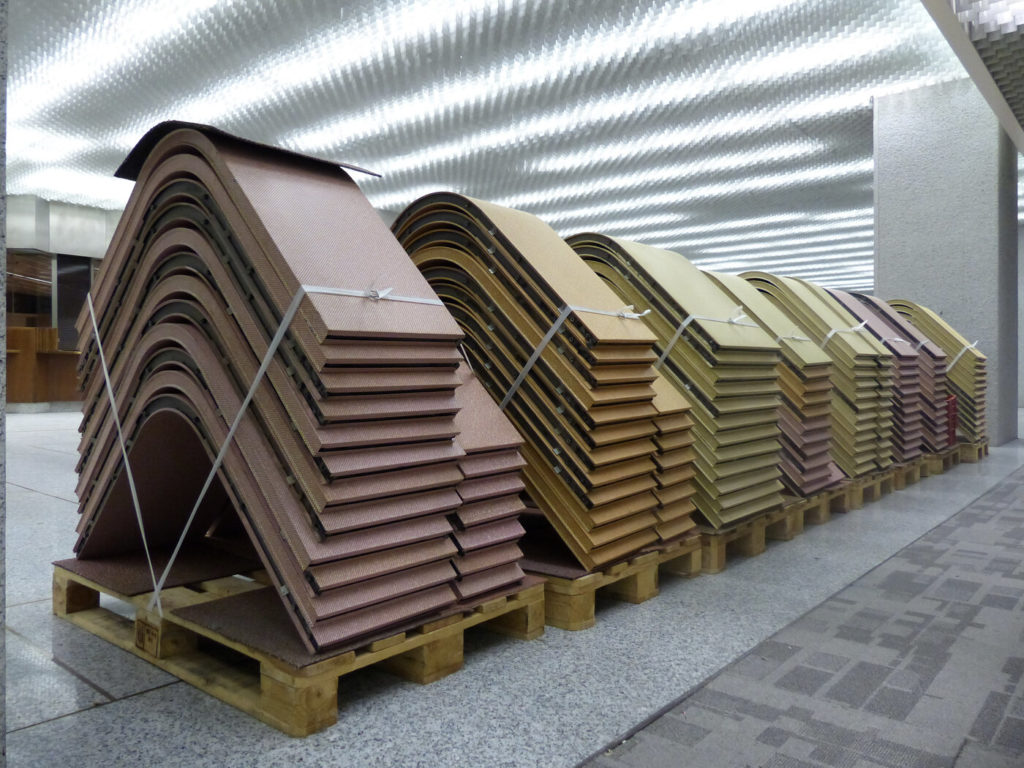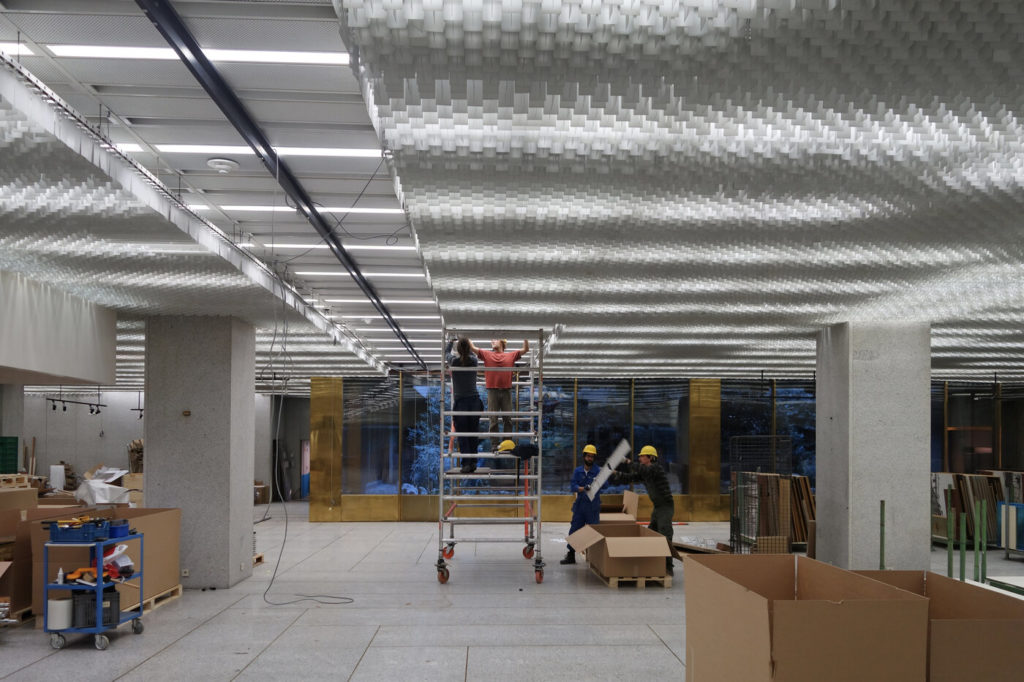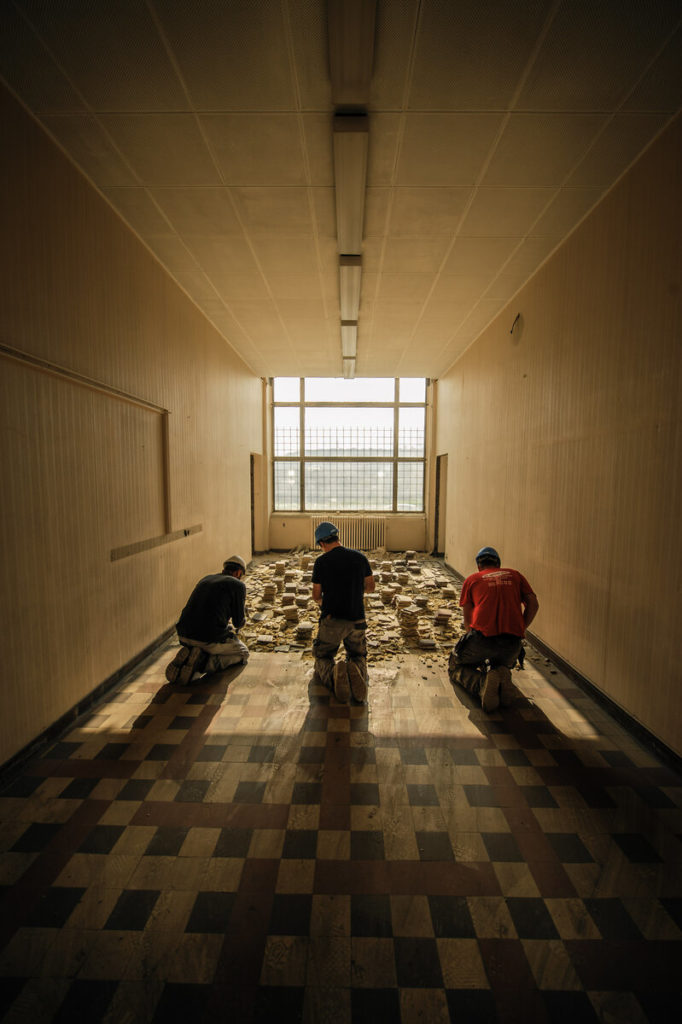Architecture’s Second Life

The work of Rotor and Rotor Deconstruction (RotorDC) is not concerned with the construction of buildings or cities as we know them. Instead, the office develops strategies for the careful deconstruction of houses slated for demolition. Materials recovered through these processes of dismantling are re-claimed and offered for sale on a website. The spectrum is broad and ranges from cabinet handles to oak parquet, from lamps to porcelain washbasins, from glass blocks to floor tiles. Rotor’s general aim is to raise awareness of existing assets and create a legal framework for reuse. Many local authorities now use the collective’s handbook when considering new lives for existing public buildings.


